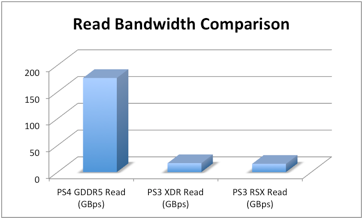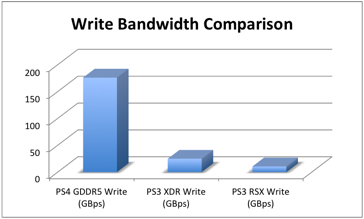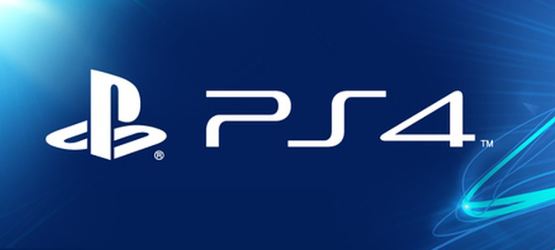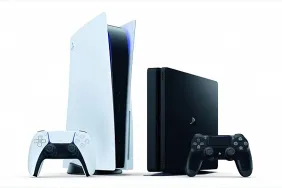Editor’s note: With all the confusion and miscommunication surrounding the announcement of the PS4, we ask our resident tech guru, hacker fighter and server guy what the complicated words and spec numbers mean.
There has been a lot of talk about the memory specs for the PS4. GDDR5. “16x better”. “OMG TEH RAMZ”. But what does it all mean? AMD have talked about the new PS4 APU, but what is the significance of Sony’s choice of a shared GDDR5 memory pool?
The minute details of the PS4 are still hard to come by (and still subject to change), and the measured performance of TEH RAMZ will come out eventually, but in theory GDDR5 is capable of 48 GBps of bandwidth per module on a 64-bit memory bus. What this means for the PS4 is highly dependent on the manufacturing process and chip design. Sony is claiming that the memory bandwidth of the PS4 will be 176 GBps, from what I have been able to dig up. This is an important number in the overall performance picture.
Let’s look at the PS3, which we know a little bit more about.
The PS3 uses a split memory layout, with 256MB of XDR main memory and 256MB of GDDR3 video memory. Memory has to flow back and forth between the PS3’s Cell processor and the RSX GPU. This data flow requires memory bandwidth and processing power that is removed from the overall performance budget. The Cell processor can read from main memory at about 16.8 GBps, and write to main memory at about 24.9 GBps. These are measured rates, vs. the 25.6 GBps of theoretical bandwidth for XDR memory. The RSX GPU can read and write from its own memory pool at 22.4 GBps. Things get interesting when the Cell and the RSX try to read from and write to each other’s memory. The RSX has an easier time with main memory with 15.5 GBps reading and 10.6 GBps writing. The cell can read from the RSX’s memory at 16 MBps (?!) and write to it at 4 GBps. Let’s break that down.
PS4 GDDR5 bandwidth: 176 GBps (in theory)
PS3 Cell XDR bandwidth: 16.8 GBps – 24.9GBps (in practice)
PS3 RSX GDDR3 bandwidth: 10.6 GBps – 15.5 GBps (in practice)


Now, we’re generalizing here, but this tells us that memory bandwidth between the PS3 and PS4 is going to see a jump of anywhere from 7.05x to 16.6x in memory bandwidth depending on the operation.
And of course, the PS4 has much more memory capacity. With 8GB of GDDR5 available to both the CPU and GPU, that means up to 32x more memory for the CPU or 32x more memory for the GPU. With an even 50/50 split between CPU and GPU, that’s a 16x capacity increase. But just as important, there is no limitation on the split between the CPU and the GPU. This gives developers much more freedom in how they use the hardware. Similarly, with no performance disparity between different types of memory, and no need to shuffle memory back and forth between pools, memory can be allocated much more freely.
What does this mean for gamers? Better graphics. Smarter AI. More zombies. More explosions. More detail. More emotion. Less restrictions on developers means more awesome for us.








